China’s Traditional Clothing Colors: The “Five Primary Colors”

As a key part of human civilization, China’s traditional clothing boasts a rich and dazzling color history. Clothing hues often doubled as symbols of the era, carrying deep political weight—like the Qin Dynasty’s love for black, tied to the popular “Five Color Theory.” This post dives into the “Five Primary Colors” for you!
Kong’s Commentary says: “Primary means the five directional colors: blue, red, yellow, white, and black.” These five stem from the Five Elements—metal, wood, water, fire, earth—shaping blue, red, yellow, white, and black as the core hues.
Li Ji • Wang Zao notes, “Wear primary colors for the upper garment, secondary for the skirt; only solid primary attire enters the public gate.” This shows ancient times prized primary colors as noble, secondary as humble, valuing pure tones over mixed shades—single colors ruled, mixed ones were frowned upon.

Blue (Sky Blue to Water Green, a Mystical Glow)
“Blue, the eastern color. Wood births fire, from growth to red.”
In the Five Elements, blue ties to eastern wood, meaning growth, the hue of life sprouting and thriving.
During the Eastern Han, the Empress Dowager and Empress’s silkworm ritual robes demanded blue tops with pale blue skirts.

Red (Fiery Blaze, Pure and Bold)
“Red, the southern color. From ‘great’ and fire.”
Red links to the southern fire element, seen as the sun’s color, radiating warmth and energy.
Li Ji • Yu Zao records: “The emperor wears a white belt with red lining, fully edged; lords with a white belt, fully edged; officials with a white belt, edged and dangling…” Color distinctions in hats, knee covers, and belts marked status, with red and vermilion topping the hierarchy.

Yellow (Golden Wheat, Wealth and Glory)
“Yellow, the earth’s color. From field and brightness.”
Zhou Yi • Kun Gua Wen Yan says, “Heaven is deep blue, earth is yellow.” Yellow, tied to earth in the Five Elements, reflects ancient views of the land. Shi Ming • Shi Cai Bo adds, “Yellow, radiant, like sunlight.” Its bright, open feel symbolized nobility and riches. After the Tang Dynasty, yellow became the royal clan’s exclusive shade, cementing red and yellow as emperor’s colors.
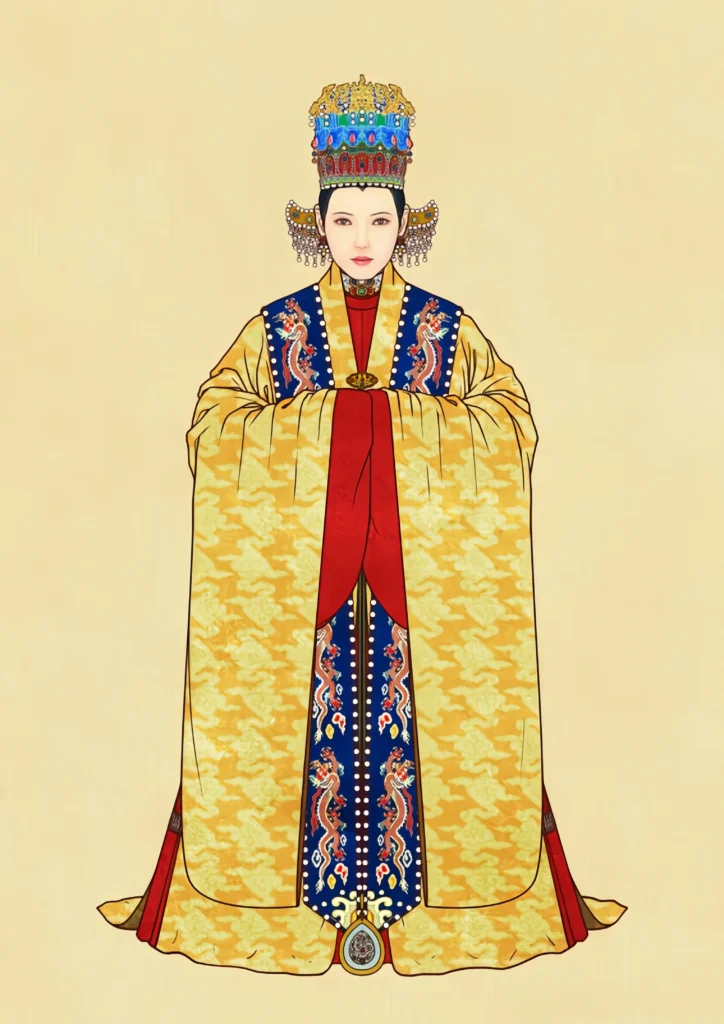
White (Pure Light, Sacred Essence)
“White, the western color. Yin dominates, things turn white.”
White connects to western metal. Shuo Wen Jie Zi explains, “White, from ‘enter’ and ‘two’.” The ancient “two” in small seal script symbolized heaven and earth, with “enter” as sunlight merging them—pure on the surface, deep in meaning.
The Shang Dynasty favored white, “Yin people prized white, held major rites at noon, rode white horses in war, used white livestock.” White turtle shells and bones were key for divination.

Black (Charred by Fire, Deep and Unfathomable)
“Black, the northern color. The hue of fire’s char.”
Black aligns with northern water. Observing burnt charcoal after a fire, ancients coined “black.” Shi Ming notes, “Black, dim, like twilight’s shade.” Its dark, murky look stems from deep water, like the “black as dusk” sea.
Qin embraced water virtue, making black the go-to clothing color, “suburban rites in black.” The emperor’s daily wear, “black upper with deep red lower,” leaned heavily on black.
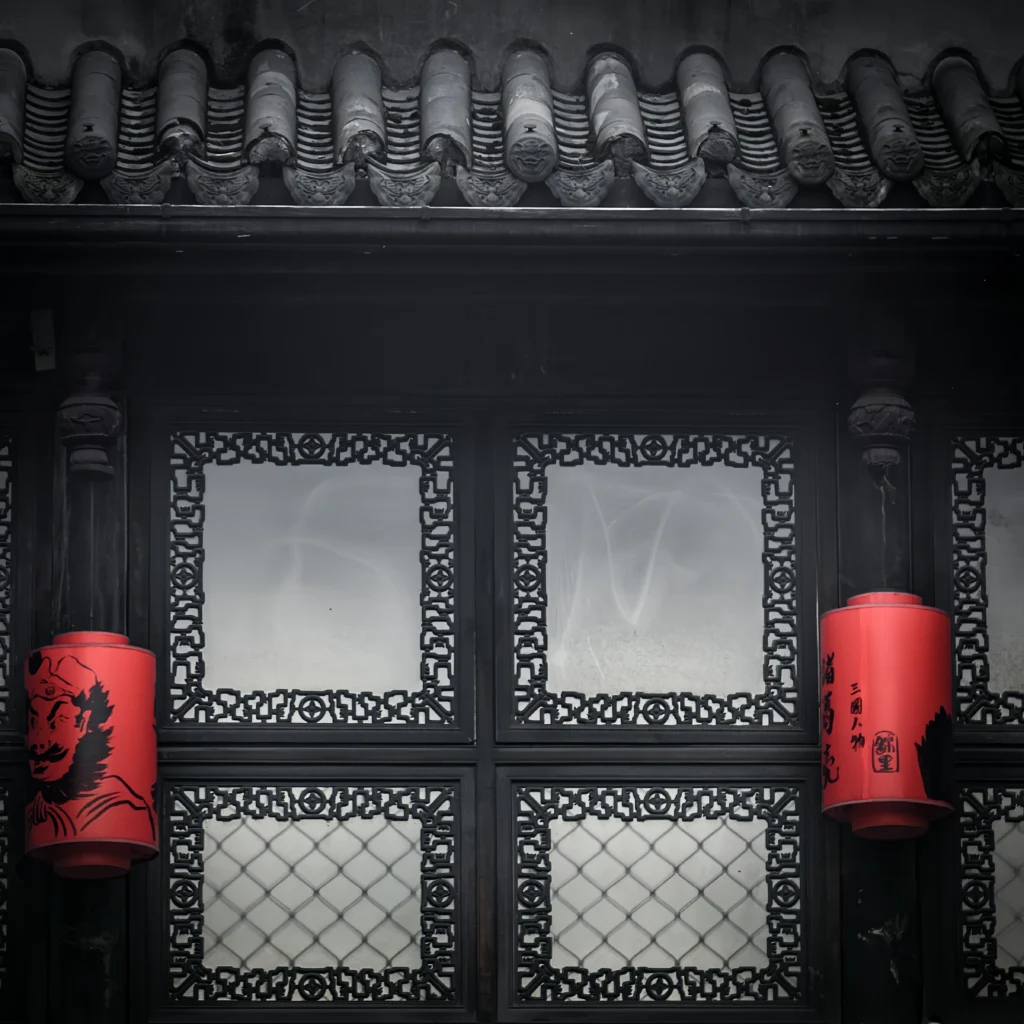
Chinese traditional clothing, shaped by Confucian ideals, stressed natural colors and strict class hierarchy. With the “Five Primary Colors” as its backbone, it showcases a unique flair, reflecting the rich, enduring culture and the “virtue bears all” spirit of the Chinese people.
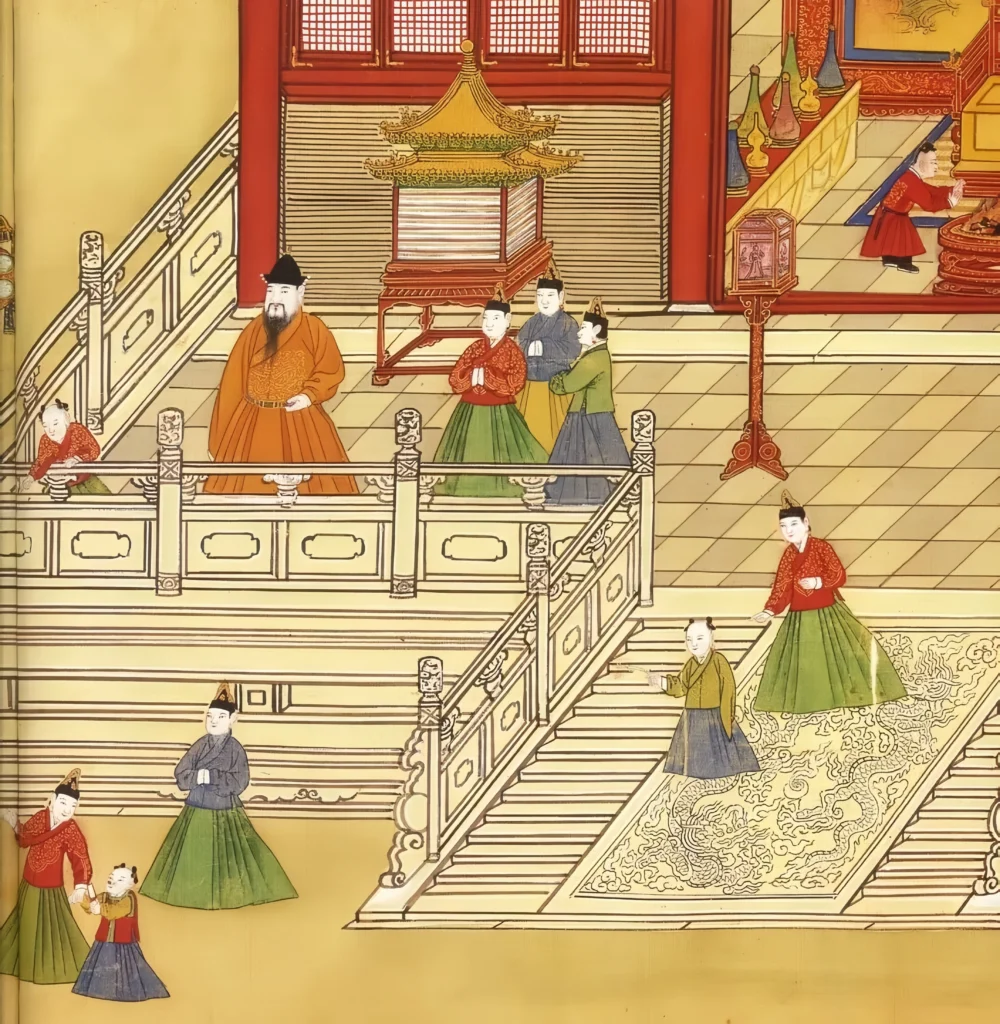

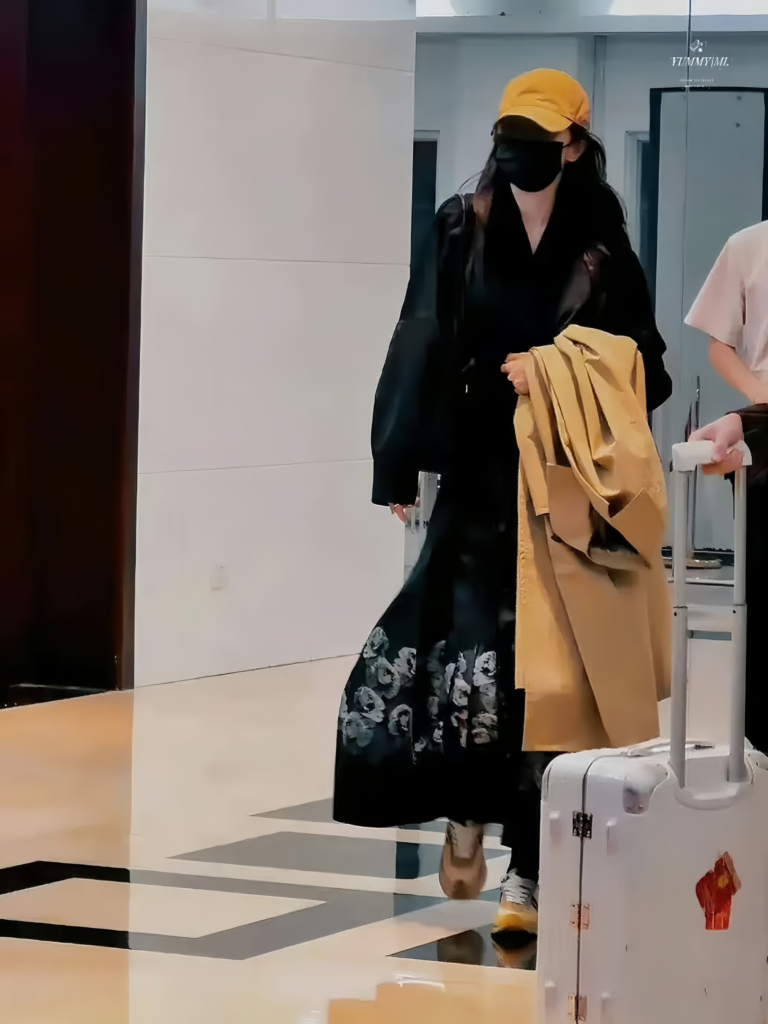


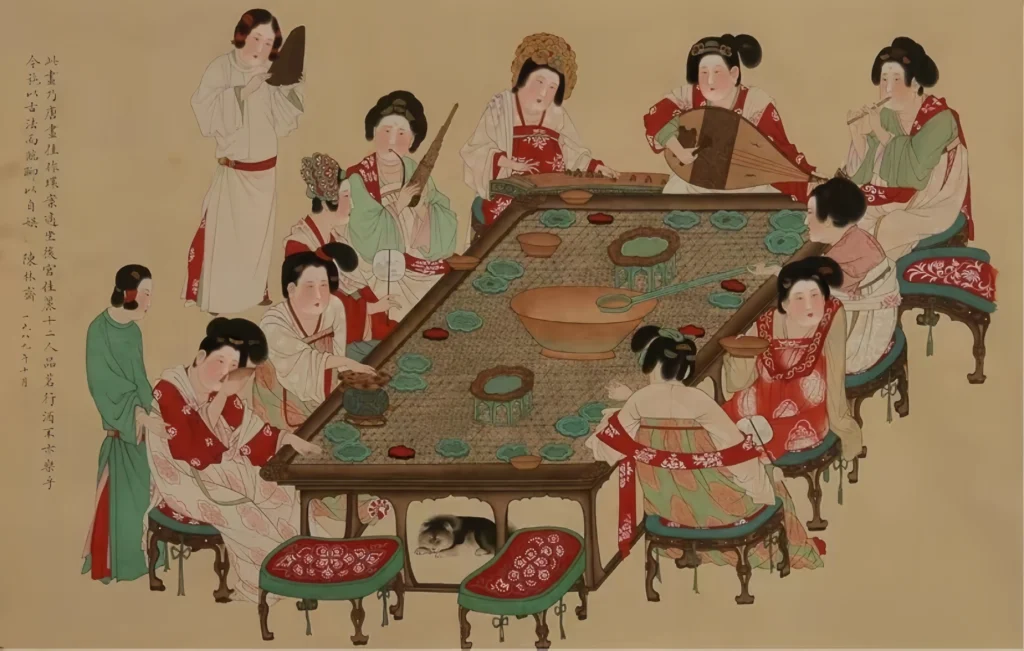
Responses